Who wants curious eyes over their cargo? Nobody. It’s so damn annoying! But getting a solution seems even more irritating. Although cargo covers are better for keeping eyes off, they lack the durability tonneau covers have. It would have been easier if this was the only factor. But there’s a lot more.
Difference Between Cargo Cover and Tonneau Cover
With the pricing of cargo and tonneau covers being so close, they are hard to differentiate. However, there are obvious dissimilarities if you look close enough.
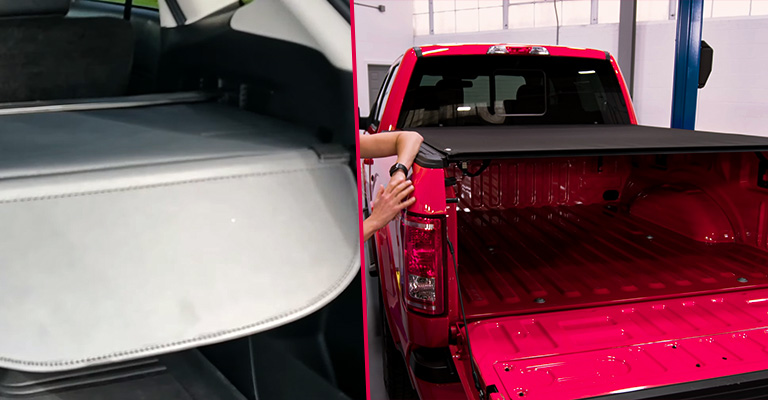
Form Factor
Cargo covers are thin sheet-like covers that you can easily install at the place of the third-row seats. Some cargo covers are soft and rollable. They will fit inside your rear cargo floor when not in use. Others somehow protect your cargo and rest vertically with the back seat when you don’t need them.
There are a plethora of tonneau covers, including both hard and soft options. While the hard ones feature hinges or folding mechanisms, softer ones opt for rollable systems. You’ll find tons of tonneau covers in the market that you can either fold, or retract. Some models also provide a locking mechanism for further protection.
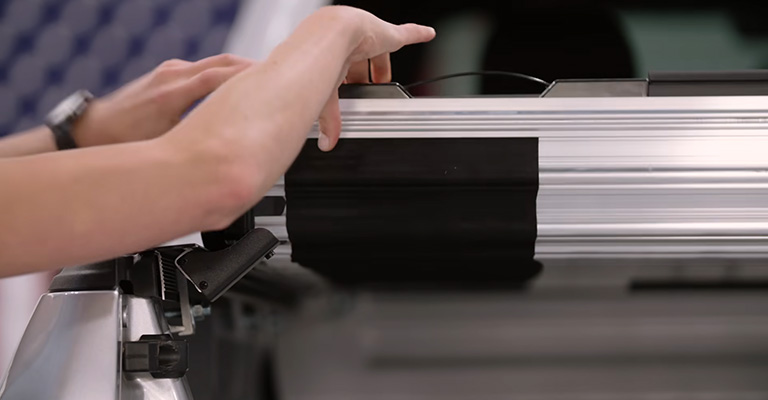
Functions/Purpose
One might think of full-on protection for their cargo while depicting what a cargo cover does. However, what it intends to do is avert peeping toms from having a gaze of what is inside your SUV cargo area. Also, it blocks sunlight more or less. Therefore, it protects commodities that are easily prone to damage from UV rays.
On the contrary, a tonneau cover covers the area of trucks or similar vehicles that is open at the top. Most tonneau covers span the back of pickup trucks and protect the load while providing better aerodynamics. They also do a pretty good job of keeping sunlight and potential thieves away from the valuables.
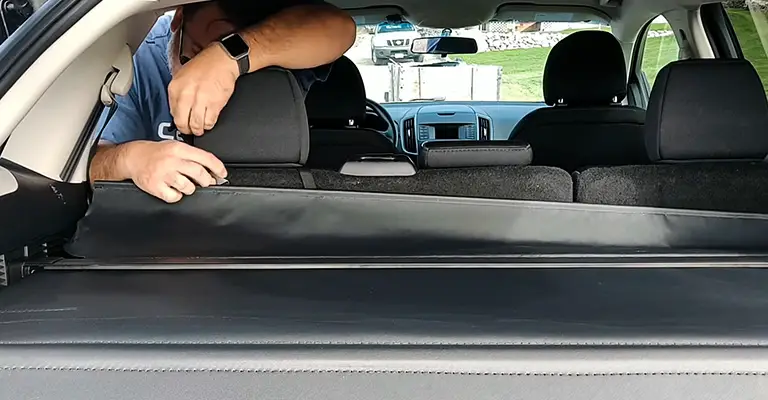
Thickness and Protection
Manufactures opt for thin and lightweight materials for cargo covers. They do so since cargo covers do more covering than protecting. Anyhow, hard cargo covers do exist, but only to guard teeny-tiny items. That is because they reach only about half of the height of the cargo area.
Unlike cargo covers, tonneau covers are a lot thicker. Although soft tonneau covers are made of only canvas or vinyl, hard ones include a wall of aluminum slats. It applies to most roll-up and retractable covers. Besides, there are fiberglass and hard plastic covers as well if you want something sturdy in construction.
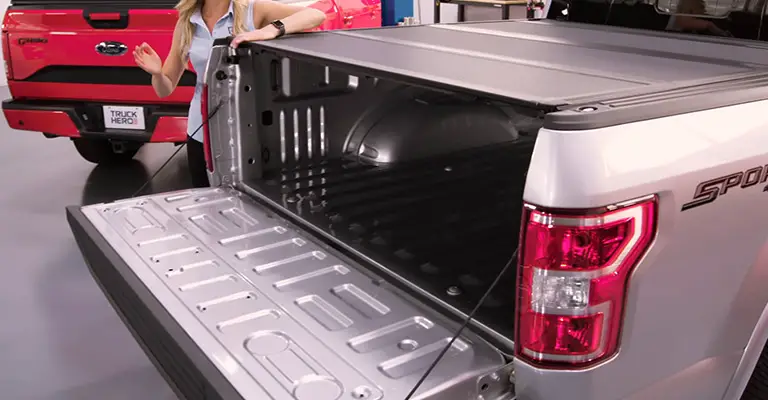
Ease of Installation
Installation is an area where cargo covers win the hearts of many. They are not only easy to install but also offer better portability. You can plug them in and out of the sockets right over the third-row seats in no time. Anyhow, tonneau covers are not that bad. Despite being a bit tricky to install, they’re easy to operate afterward.
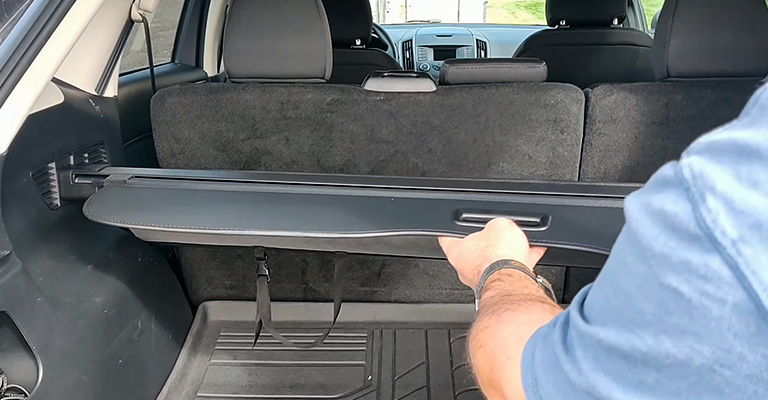
Frequently Asked Questions
Q: Can tonneau covers really improve mileage?
Ans: Yes, adding a tonneau cover to your truck can improve the overall fuel economy by up to 10%. But if you want to know how tonneau cover improves mileage you have to read one more article.
Q: Do tonneau covers provide better insulation than cargo covers?
Ans: Tonneau covers do provide complete insulation from rain and dirt. That factor, however, doesn’t make them superior to cargo covers. Because cargo covers are not for areas that are open at the top. Still, cargo covers failing to insulate the items from the passenger section is a thing to consider.
Verdict
That’s it! Now you know which way to lean when both cargo and tonneau covers are available for the LE. Whether you are getting a new car or looking for a way to cover loads, we’ll be glad to know you’re out of confusion.
Leave a Reply